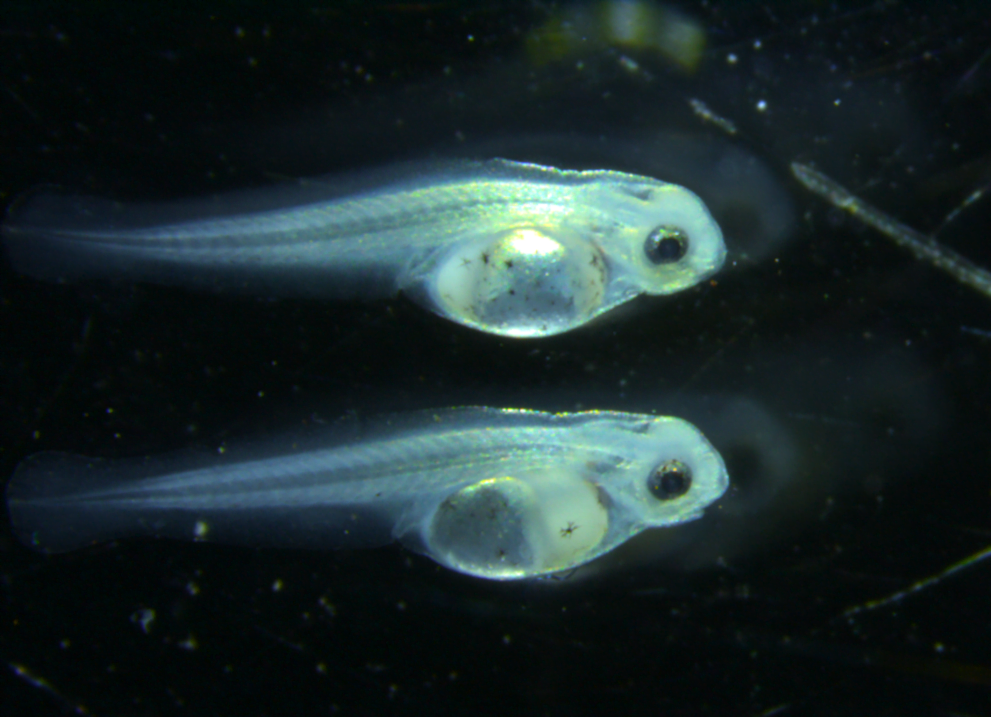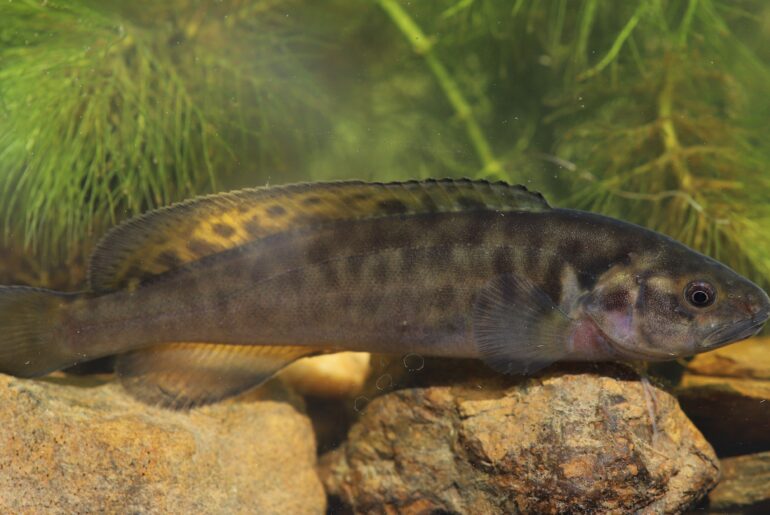Frisky fish have taken advantage of a river pulse to spawn in the waters of the Murray River. A small, fast flowing event took place in October 2015, designed by the NSW Department of Primary Industries (Fisheries) and Victoria’s Arthur Rylah Institute, to support native fish breeding. And it appears to have been a success…
Monitoring has detected promising numbers of native fish larvae in both NSW and Victoria. This is great news as fish, like Golden perch and Silver perch, are ‘flow-dependent specialists; which means that they require water to be flowing quickly at the right time of year in order to breed successfully. The biological rhythms of the fish are linked to changes in water speed, temperature, depth and turbulence. This means that when the conditions are right they start to breed, and the intensity of that breeding increases with higher flows, particularly those that inundate the flood plain.
After spawning, perch eggs and larvae drift downstream for days and/or weeks before settling into juvenile habitat. If river flows are high enough and water is flowing over the river bank or out into the creeks, the juveniles move with it into the nutrient-rich waters of the floodplain where they grow into much bigger fish,before returning to the river when waters recede.


It is possible for Golden perch and Silver perch to spawn without floods or flow pulses, but spawning intensity may be reduced. This work will be used to enable water managers using environmental flows to target fish needs and deliver water most effectively.
Related stories:
120,000 Golden perch and silver perch released into Wallpolla Horseshoe Lagoon



